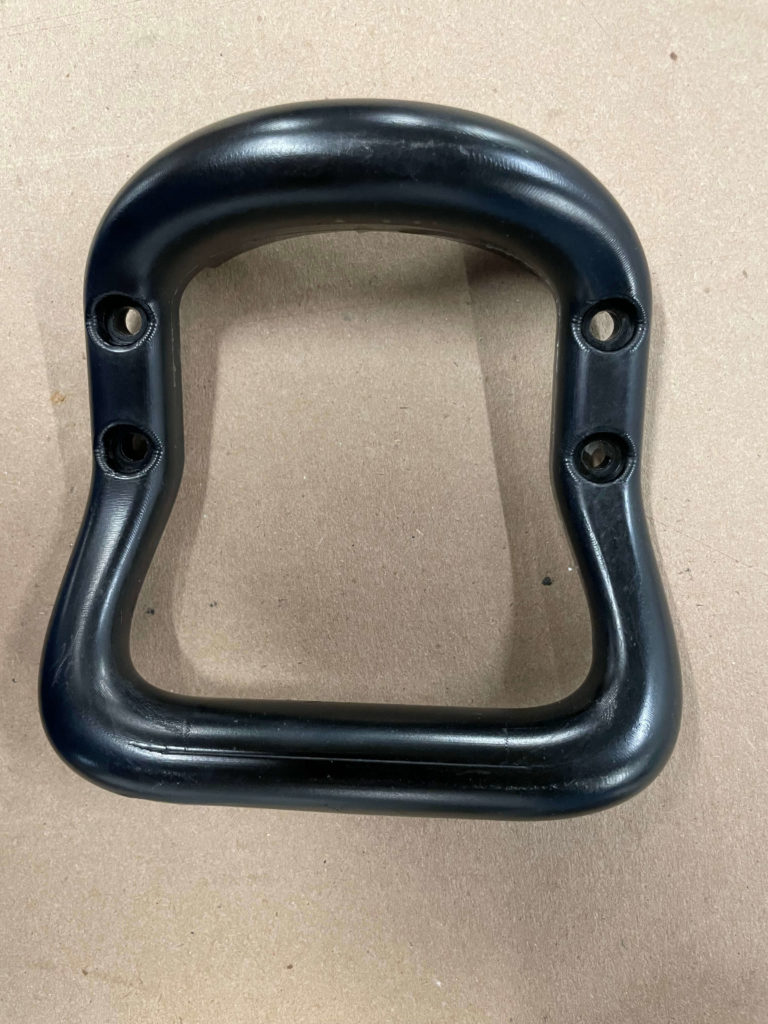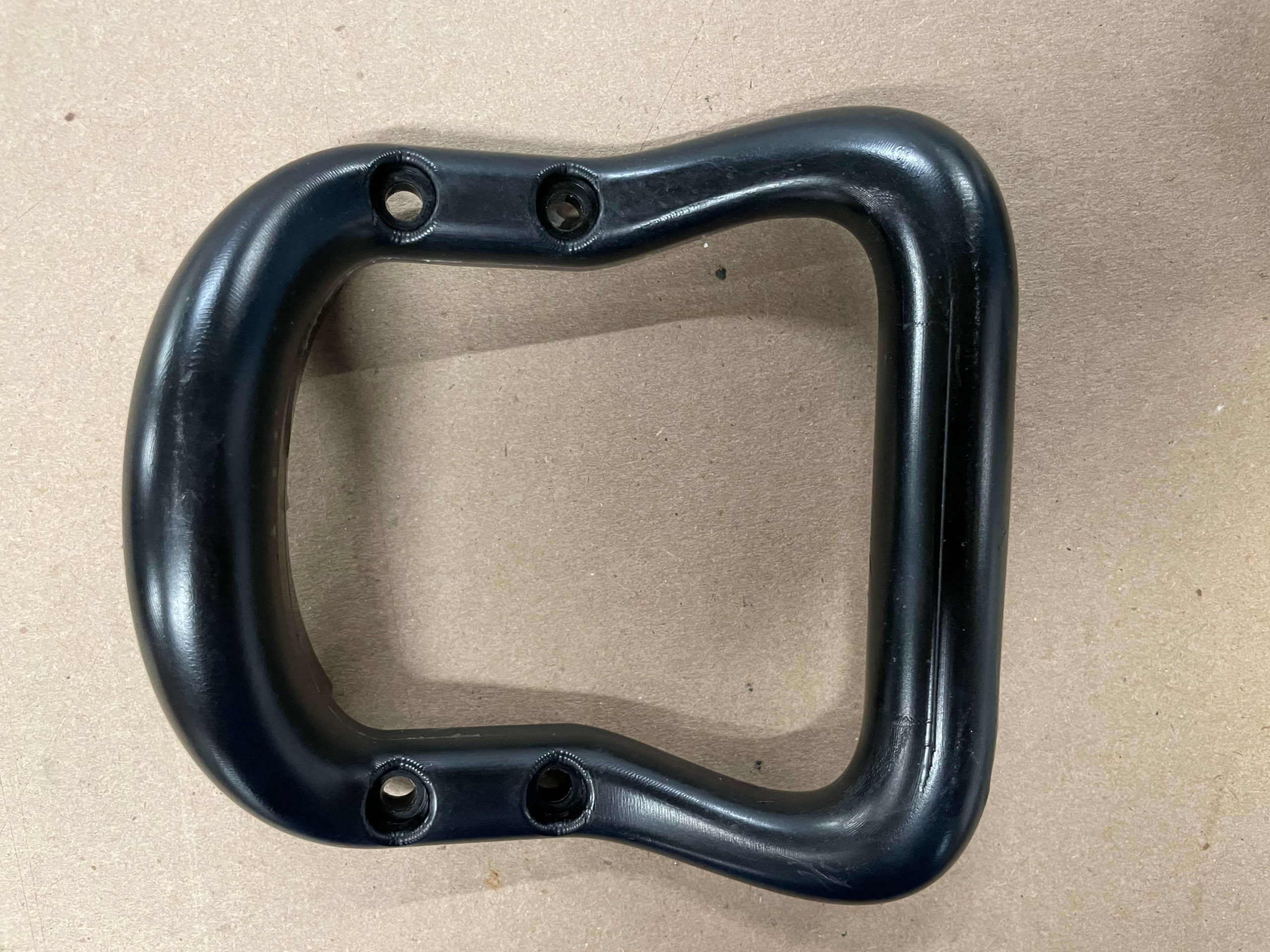Low-Volume Production of Plastic Parts with Urethane Casting
When you need low-volume production quantities of plastic parts, you may think that your only options are having the parts machined or paying up for injection molding. But there’s a third option that can be much more cost-effective: urethane casting.
Urethane casting offers the same high quality and consistency of CNC machining or injection molding at a better price. And since we make our own silicone tools for urethane casting here at KAD, we can produce your parts in a fraction of the time that it would take to wait for rigid tooling to come in for standard injection molding.
Today, we’re exploring the benefits of urethane casting and providing a behind-the-scenes look at our urethane casting services.
Why Choose Urethane Casting for Low-Volume Production Plastic Parts?
Diverse material
Urethane itself is a diverse material with hundreds of different combinations that can be customized depending on the specific properties you need for your part. For instance, components subject to heat over 200 degrees will require a different urethane than components that will remain at room temperature.
Just let us know what properties you’re looking for (fire retardant, lightweight, heat resistant) and we’ll help you select the right material.

Consistent shape and finish
Since all urethane cast parts are made using the same mold, you receive consistent parts with an identical shape and finish every time. The consistency of urethane casting is on par with injection molding and even better than CNC machining.
Cost-effective
Urethane casting is most cost effective for low-volume production at quantities of 50 or fewer because that’s approximately how long the tools last. The silicone molding breaks down over time because of a chemical reaction with urethane that degrades the tool.
The Urethane Casting Process at KAD
We love urethane casting because it allows us to incorporate our entire skill set. We handle the whole process in our Vermont machine shop, from CNC machining the master pattern and silicone tool to casting the parts themselves. Here’s what the process looks like:
Create the master pattern
To begin the process, all we need is your 3D model. From there, we use CNC machining to make a master pattern. During this step, we have to think ahead and plan for a couple variables:
- Shrinkage. Since urethane always shrinks, we integrate whichever type of urethane you choose for the final product into the master pattern. That allows us to determine and accommodate for the shrink factor.
- Wall thickness. Similar to injection molding, we also need to take consistency of wall thicknesses into consideration. Uniform wall thickness is important to ensure the mold fills evenly when poured.
Build the silicone tool
Once we’ve machined the master pattern, we use it to create the silicone tool that we use for casting urethane parts.
We also use CNC machining to build the silicone tool itself, taking into consideration any areas that can’t be gated or vented.
When the tool is complete, we’re ready to pour the mold. We first pour the silicone for side A, then wait until the next day to pour the silicone for side B. Two days of drying later, and we have a complete tool ready for casting.
With an approximate 8-hour cycle time, your urethane parts can be ready in about 2 weeks.
Think urethane casting might be the right fit for your low-production plastic parts? Request a quote to take advantage of this cost-effective solution.



